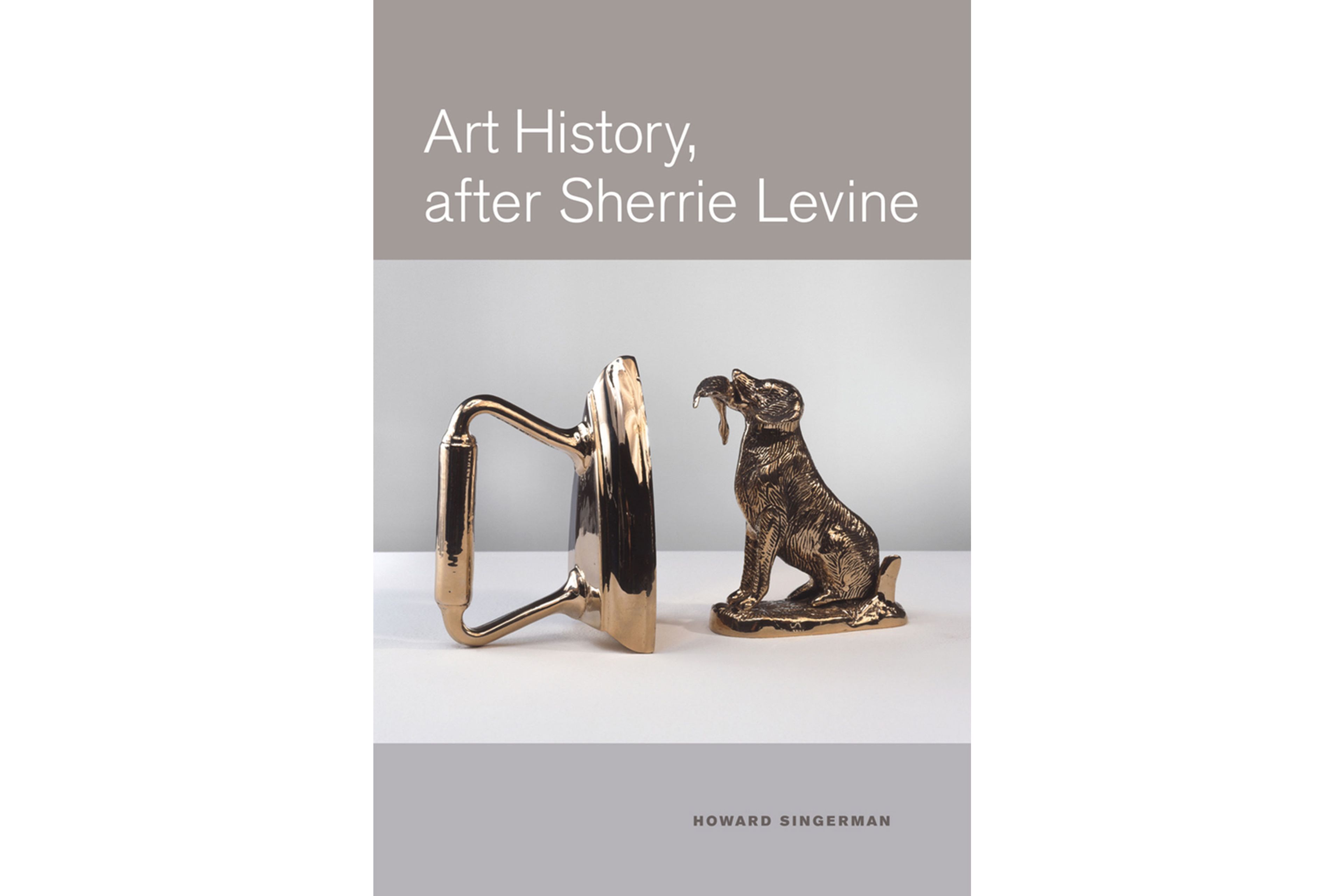
Art History After Sherrie Levine
Publisher: University of California Press
Publication Date: 2011

Text by Howard Singerman
This book examines the career of New York-based artist Sherrie Levine, whose 1981 series of photographs “after Walker Evans”—taken not from life but from Evans’s famous depression-era documents of rural Alabama—became central examples in theorizing postmodernism in the visual arts in the 1980s. For the first in-depth examination of Levine, Howard Singerman surveys a wide variety of sources, both historical and theoretical, to assess an artist whose work was understood from the outset to challenge both the label “artist” and the idea of oeuvre—and who has over the past three decades crafted a significant oeuvre of her own. Singerman addresses Levine’s work after Evans, Brancusi, Malevich, and others as an experimental art historical practice—material reenactments of the way the work of art history is always doubled in and structured by language, and of the ways the art itself resists.
Details
Publisher: University of California Press
Artist: Sherrie Levine
Contributors: Howard Singerman
Publication Date: 2011
ISBN: 9780520267220
Retail: $34.95 | £24.95
Status: Not Available
Printer: Thomson-Shore, Inc.
Binding: Softcover
Dimensions: 6 x 9 in (15.2 x 22.9 cm)
Pages: 298
Reproductions: 8 color, 51 b&w
Artist and Contributors
Sherrie Levine
Sherrie Levine’s (b. 1947) work engages many of the core tenets of postmodern art, in particular challenging notions of originality, authenticity, and identity. Since she rose to prominence as a member of the Pictures Generation of artists in the late 1970s and 1980s, Levine has created a singular and complex body of work in a variety of media that often explicitly reproduces artworks and motifs from the Western art-historical canon as well as non-Western cultures.
Howard Singerman
$34.95